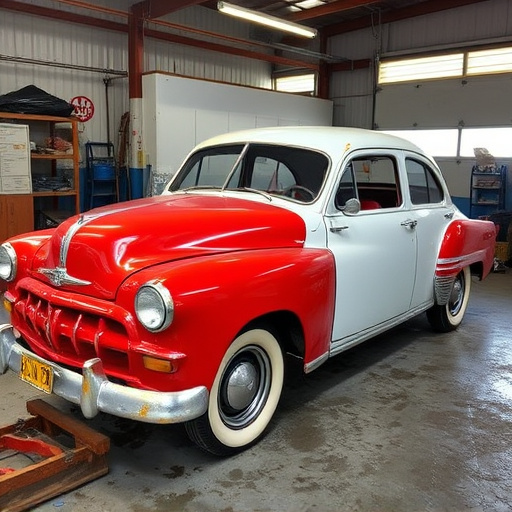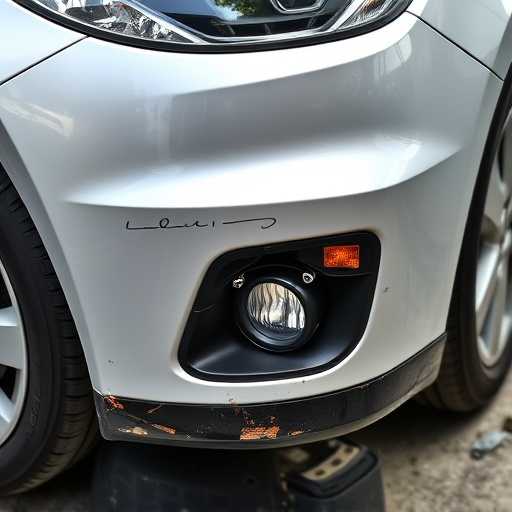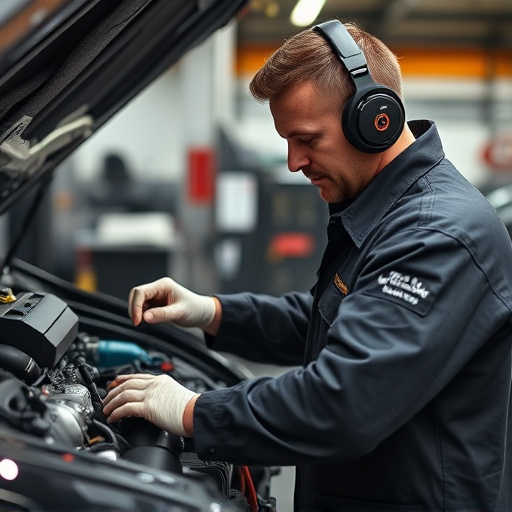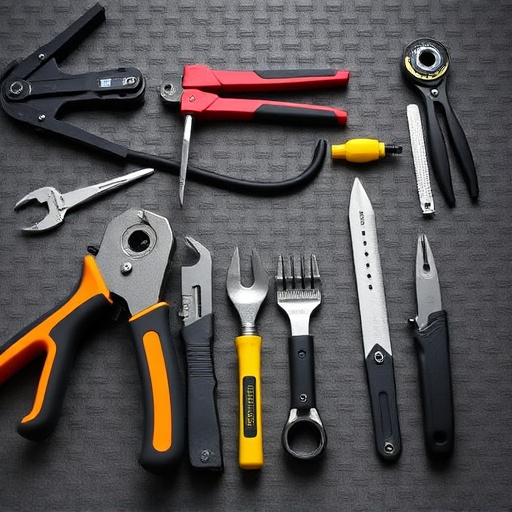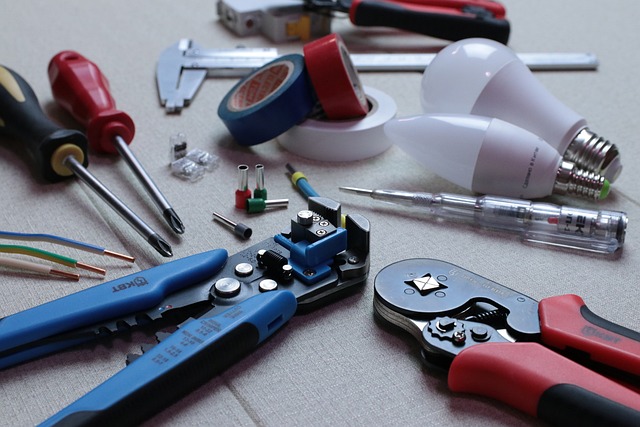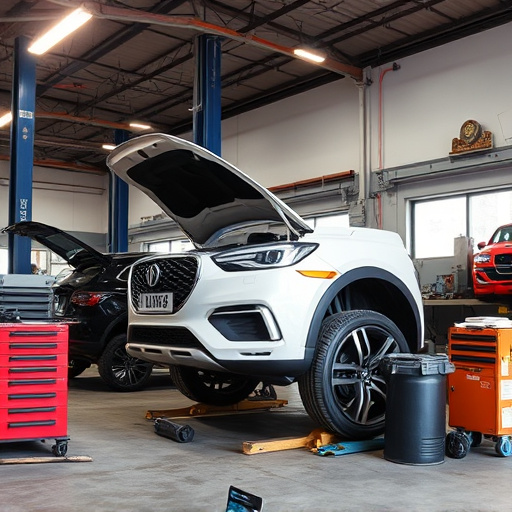Advanced welding equipment like MIG, TIG, and Spot welding cater to diverse industrial needs. MIG excels in speed and versatility for mass production, while TIG offers precise control for intricate designs. For automotive body work, TIG welders are ideal for detailed repairs due to their clean welds, despite higher skill requirements. MIG welding is efficient for high-volume tasks involving thin materials. Spot welding equipment targets specific points for targeted heat in large-scale production. Choosing the right advanced welding equipment aligns with project demands, ensuring efficiency, quality, and desired results.
“Unleash your welding potential with an in-depth look at MIG, TIG, and Spot welding techniques. This comprehensive guide navigates the intricate world of advanced welding equipment, empowering professionals and enthusiasts alike.
Explore the unique advantages and drawbacks of each method to make informed decisions when selecting your next welding setup. From versatile MIG welding to precise TIG and efficient Spot welding, discover the perfect match for your project requirements. Elevate your welding experience with the right advanced welding equipment.”
- Understanding MIG, TIG, and Spot Welding Techniques
- Advantages and Disadvantages of Each Method
- Choosing the Right Advanced Welding Equipment for Your Needs
Understanding MIG, TIG, and Spot Welding Techniques

Welding is a critical process for many industries, and selecting the right technique and equipment can significantly impact efficiency and quality. MIG (Metal Inert Gas), TIG (Tungsten Inert Gas), and Spot welding are three distinct processes, each with its advantages and applications in advanced welding equipment.
MIG welding is known for its versatility and speed, making it ideal for mass production and tire services. This process involves feeding a continuous wire from a spool into the weld pool, allowing for faster deposition rates. TIG welding, on the other hand, offers greater control and precision, making it suitable for intricate designs and bumper repair. It utilizes a non-consumable tungsten electrode to produce a clean, focused heat source, ensuring minimal heat input and excellent control over the weld bead. Spot welding is a high-power, short-duration process used for joining metal sheets in automotive body shops and scratch repairs. It’s characterized by its ability to create strong bonds quickly without melting the entire workpiece. Each technique caters to different needs, making the choice of advanced welding equipment crucial for specific industrial applications.
Advantages and Disadvantages of Each Method

When it comes to advanced welding equipment, Metal Inert Gas (MIG) welding offers a versatile and efficient option, ideal for various applications, including automotive body work and car damage repair. Its advantages lie in its speed, ease of use, and ability to weld most metals. MIG welding is particularly well-suited for thin materials and complex shapes, making it a favorite among collision centers seeking precision and efficiency. However, one drawback is the potential for porosity if not properly controlled, which may require additional finishing steps.
On the other hand, Tungsten Inert Gas (TIG) welding is known for its high-quality, clean welds, making it suitable for detailed work in collision centers. It provides excellent control over heat input, resulting in strong and precise joints. TIG welding is less susceptible to porosity but requires more skill and time compared to MIG. This method is often the preferred choice for intricate designs and materials that demand a higher level of precision, such as custom automotive body work. Despite its advantages, it may not be as cost-effective for high-volume projects due to the initial setup time involved.
Choosing the Right Advanced Welding Equipment for Your Needs
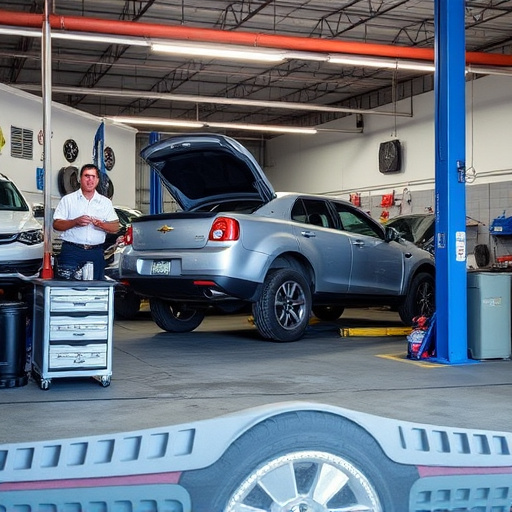
Choosing the right advanced welding equipment for your needs depends on several factors, including the type of projects you’ll be working on and the specific requirements of those tasks. For instance, if you’re involved in intricate auto body repairs or collision repair center work that demands precision, a TIG (Gas Metal Arc Welding) welder might be the ideal choice. These machines excel at creating clean, precise welds suitable for a variety of metals and are often preferred in the automotive industry due to their versatility and control.
On the other hand, if speed and efficiency are your priorities, especially in larger-scale fabrication projects or heavy industrial work, MIG (Metal Inert Gas) welding could be a better fit. MIG welders offer rapid welding rates and can handle various metal types, making them a popular choice for both professional workshops and DIY enthusiasts engaged in diverse auto maintenance tasks. For more specialized applications, spot welding equipment provides concentrated heat to fuse specific points, which is perfect for high-volume production environments.
When selecting advanced welding equipment, understanding the nuances of MIG, TIG, and spot welding techniques is key. Each method offers unique advantages and disadvantages, catering to specific project needs. By evaluating factors like material types, desired weld quality, and productivity goals, you can make an informed decision. Choosing the right advanced welding equipment ensures efficient, high-quality welding outcomes, meeting the demands of modern fabrication tasks.
